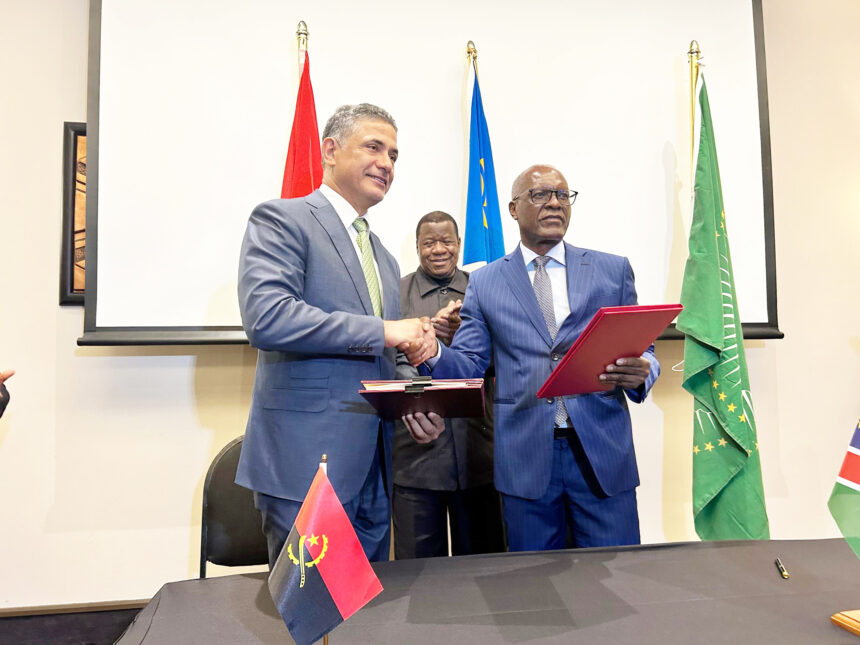Angola and Namibia have taken a gigantic leap towards energy cooperation by signing the implementation agreement for the Baynes Binational Hydropower Project in Windhoek yesterday.
This ambitious project aims to generate electricity by 2031, with both countries set to benefit from approximately half of the plant’s capacity, which is estimated at 860 megawatts.
The project, located 45 kilometres downstream from Epupa Falls on the Kunene River, has an initial cost estimate of US$1.2 billion (around N$22.6 billion).
This figure is expected to remain unchanged, although the final cost will depend on the outcomes of public tenders for contractors and lenders. “Both governments need to up their game to ensure what needs to be done is happening.
It is imperative for effective governance and financing agreements, moving forward,” said mines minister Tom Alweendo at the signing.
The timeline for the project is that financial closure is anticipated by the last quarter of 2026, with the construction of the Baynes transmission line expected to take place from 2027 to 2030.
By 2031, electricity is hoped to be flowing through powerlines in both Angola and Namibia. Alweendo pointed out that there were concerns that environmental impacts in the Epupa constituency outpace the economic benefits the project will bring.
In addition to the main dam’s capacity, there will be a regulating dam constructed about 12 kilometres downstream, which will add another 21 megawatts to the overall output. The project has received backing from various international funding sources, including
grants from the African Development Bank (AfDB), NEPAD, and Swedfund.
On the other hand, a survey conducted in 2011 identified just six households living in the area, five in Namibia and one in Angola, although recent years have seen an influx of people to this region.
The project has been in development since a feasibility study was commissioned in 2008, with its completion occurring in 2014. A follow-up study initiated in 2021 was completed earlier this year, further solidifying plans for implementation. Angolan minister for energy and water Joao Baptista Borges expressed optimism about the project’s role in advancing universal access to electricity across Africa.
“This project is very important not only for Angola, but also for helping Africa achieve universal access to electricity,” he stated. Borges reiterated Angola’s commitment to ensuring that regulatory standards are met throughout the project’s execution.
Key activities slated for completion by the end of 2026 include establishing an institutional framework for the Lower Cunene Hydropower Authority, finalising resettlement negotiations with affected communities, providing road access to dam sites, mobilising funding for construction, and procuring contractors for both dams.
As Angola and Namibia move forward with this transformative energy initiative, they aim not only to enhance their own energy security, but also contribute significantly to regional power supply within the Southern African Development Community (SADC) region.



